Captivating Kaapsehoop: A 24-Hour Guide to the Enchanting Mining Village
Kaapsehoop oozes charm that invite weekend travellers to linger longer, enjoying the horses and abundance of nature.
23-July-2023
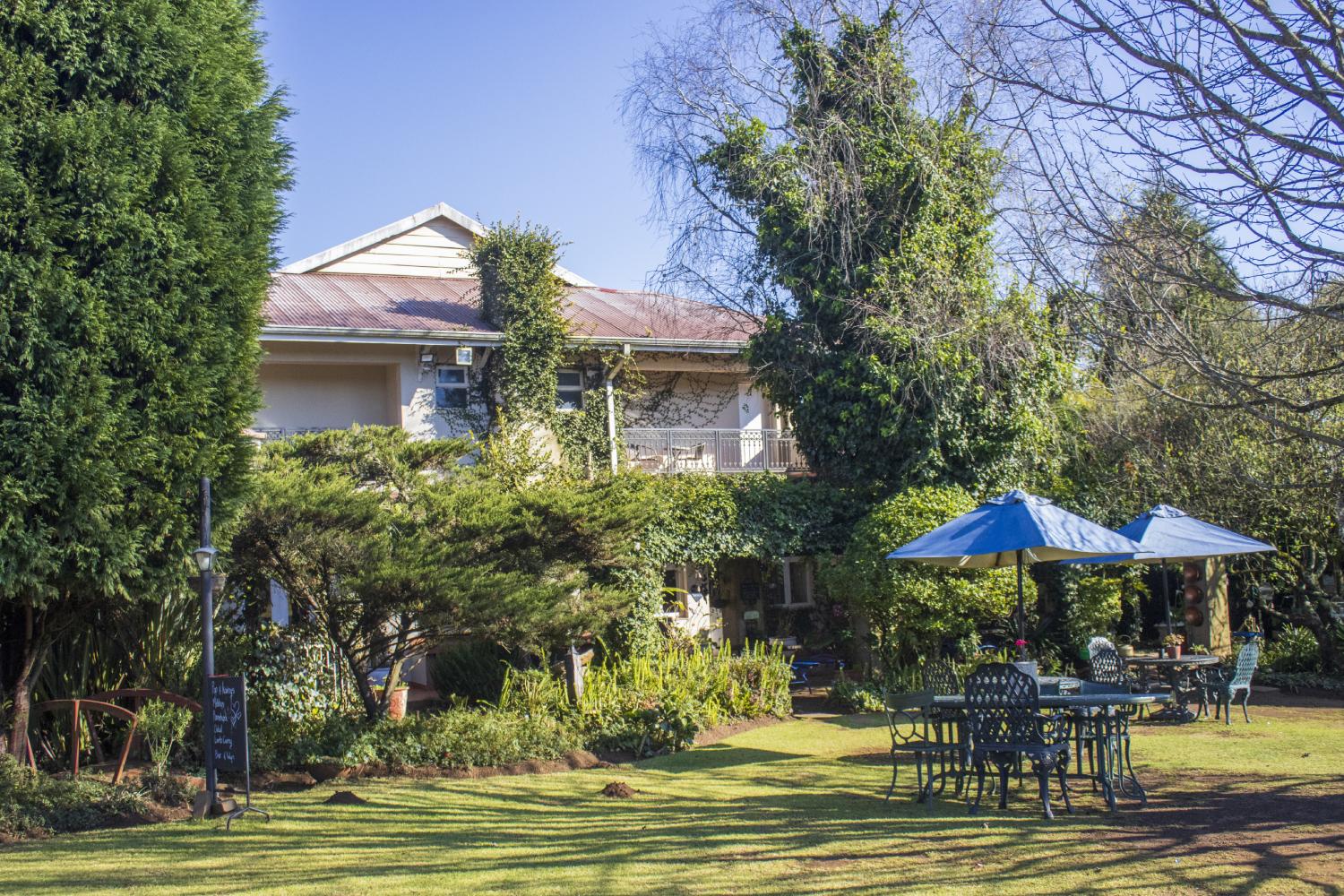
Mist rolled its way through the pine forest, falling onto the road and then dropping into the valley below. We could barely see as we wound our way up the quiet country road towards Kaapsehoop, all the while and quite hopelessly, scanning the trees for signs of the area's famed wild horses.

24 Hours in Kaapsehoop
Kaapsehoop is a quirky mountain-top village just 28kms outside of Mpumalanga's Nelspruit. Turning off of the road and into the village, you're immediately met by period (and a couple newer) abodes, twisting gravel roads, lantern-like street lights and enchanting old-timey signs, Indeed, Kaapsehoop oozes charm that invite weekend travellers to linger longer, enjoying the horses and abundance of nature.
Our stay in the small village was a whistle-stop one. A unique place to stay in between the Kruger National Park and Johannesburg before our flight home. We could have stayed in Graskop, where we stayed enroute to the Kruger, or we could have made our way back to Joburg and stayed with family. But the possibility of spotting a few feral horses proved too tempting. With very little research under our belts, we found a comfortable place to stay at quickly and booked our accommodation.
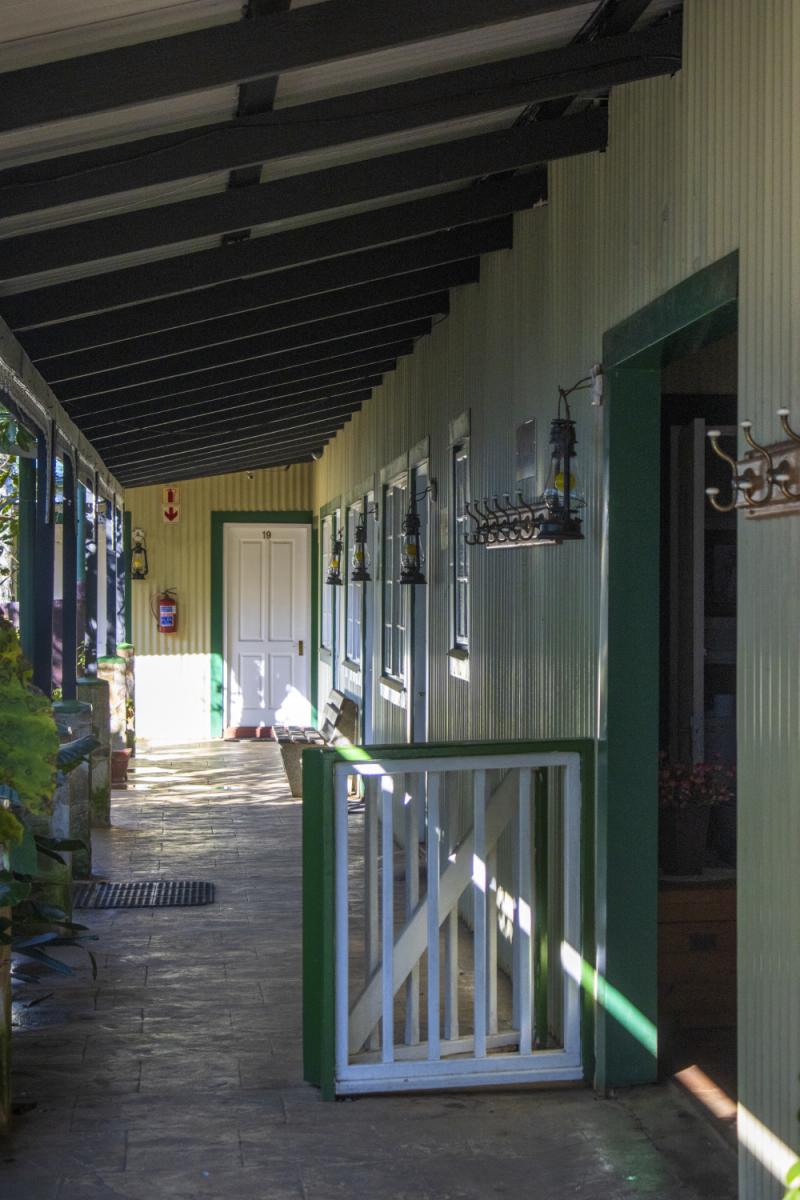
Where we stayed
Kattekwaad
Kattekwaad guestrooms is a labour of love from hosts Lulu and Chris. They greeted us and made us immediately feel at home. The guestrooms sit above their home and each section comes with a beautifully decorated room with a firm double bed, bathroom and living space.
Lulu and Chris went the extra mile and put extra blankets on the bed, and a chocolate on our pillows. They were happy to make recommendations on where to go and where to eat. They also helped us find the village's feral horses in the morning and brought our bags to and from our room.
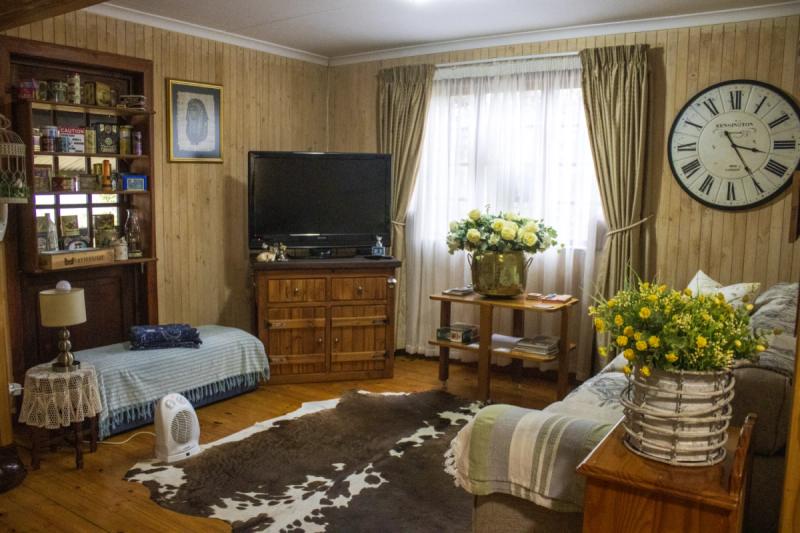
We booked the section with two rooms and immediately settled in. The beds had electric blankets and there was a small kitchenette where we could make tea or coffee, and warm our bones on that cold wintery day. I relished the privacy of my own room and particularly enjoyed a soak in the large bath before crawling into the toasty warm bed.
In the morning, I watched the mist drift through the valley from the private balcony.
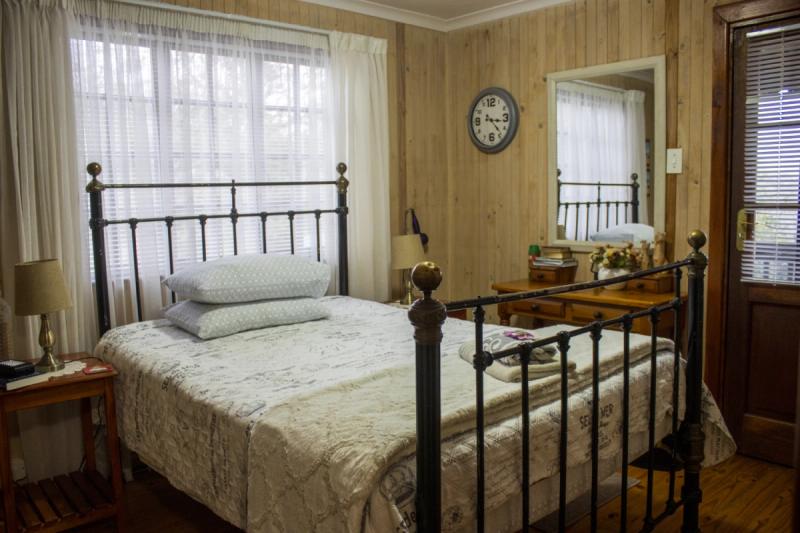
Where we ate
A few days before arriving in the quaint village, we'd bumped into a family who, upon finding out where we were going, insisted we pop by Nagkantoor (night office). We were intrigued by the village's pub which was described to us as a popular meeting spot for writers and owned by South African investigative journalist and author, De Wet Potgieter.
We entered the dark pub and found seats on bar stools at the counter. The small tavern was decorated with articles and photographs that De Wet had collected over the years. Over the course of two sherries and as many hours, we got to know De Wet, his story as well as sharing our own. Everyone that walked through Nagkantoor's doors, whether it was their first time or 100th, was greeted and treated like old friends.
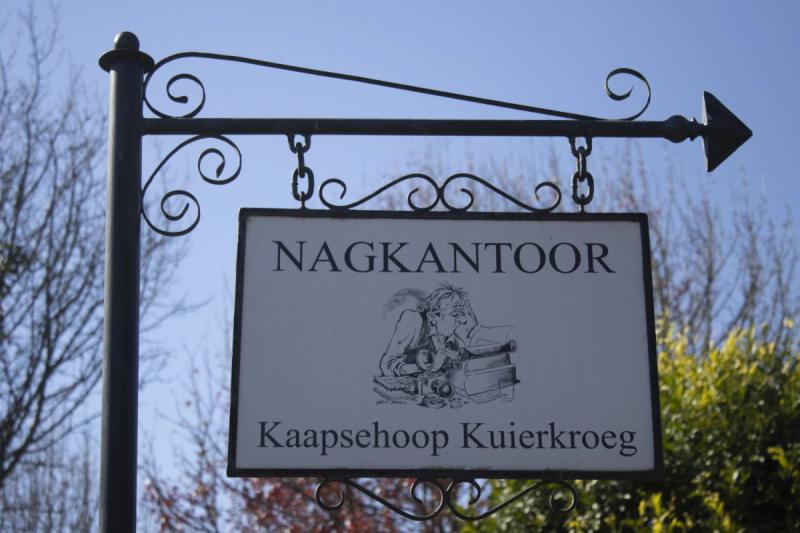
Along with having drinks there our first night, we returned the next morning for a pancake breakfast and more cuddles with De Wet's four-legged companion, Potlood (pencil). We would have had dinner there too, but his pub dinner menu is only available over the weekend so instead we made our way through the mist and mud to Bohemian Groove Café.
The quirky café is decorated with items for sale from t-shirts and hats to jewelry and artwork. We sat next to a roaring fire and enjoyed burgers and a cupcake for pudding. We finished our early dinner, our bellies full and our hearts warmed by the fire, food and sherry.
Things to do
While our stay was too short to enjoy the activities available, there are a number of things that can be enjoyed while staying in the area including horse riding, hiking and swimming.
Adam's Calendar
Accessibly only by the backroads around Kaapsehoop, is the virtually unknown Adam's Calendar. The monolithic, five-ton dolomite stones were discovered by accident in 2003 when a pilot crashed his plane Mpumalanga's mountainside. Known as Africa's Stonehenge and as the birthplace of the sun, it's considered one of the oldest manmade structures in the world and one of the world's biggest mysteries as no one knowns the structures true purpose, age or origin.
Horse riding
While you can't ride the feral horses of Kaapsehoop, you can book a ride through Berlin Forest and the breathtaking countryside on tame horses. With several scenic riding options available to suit novices and experienced equestrians alike, you'll right at home in the saddle and enjoy a feast for the sense from the fresh pine-scented mountain air to the rugged landscape.
Hikes trails
With an abundance of nature its doorstep, Kaapsehoop offers nature enthusiast a variety of hiking trails ranging from a few hours to a few days. Trails take you through Berlin Forest, over hills and along the escarpment, and depending on which hike you do, you might even end up at a waterfall or Adam's Calendar!
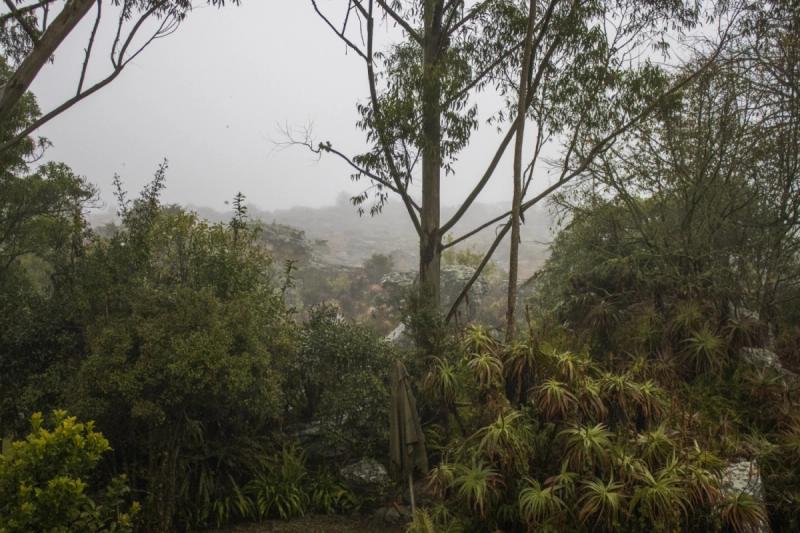
Battery Creek Falls
Swimmers can enjoy a moderate hike to Battery Creek Falls where a beautiful 30 metre high waterfall awaits. In sections, the creek is deep enough to swim but standing around the waterfall and enjoying its sprays is usually enough for most people. While the hike to the fall isn't that long, it can be challenging as it isn't well signposted so having a map of the area and route will come in handy!
Kaapsehoop History
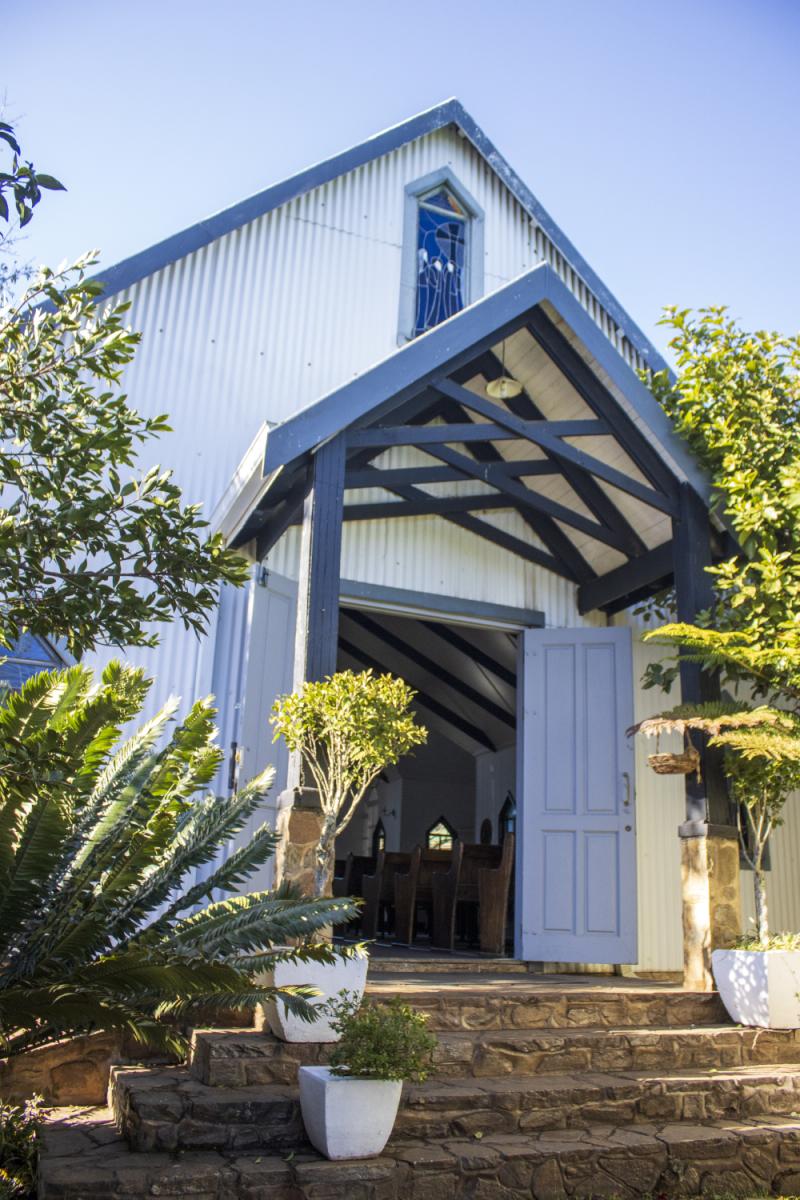
Before it became a holiday destination, writers retreat, and wedding venue, Kaapsehoop was a mining town that filled pioneers with hope. So much so, they named it the Valley of Hope. The mining town that developed in 1873 during the Gold Rush didn't provide much return for the early settlers.
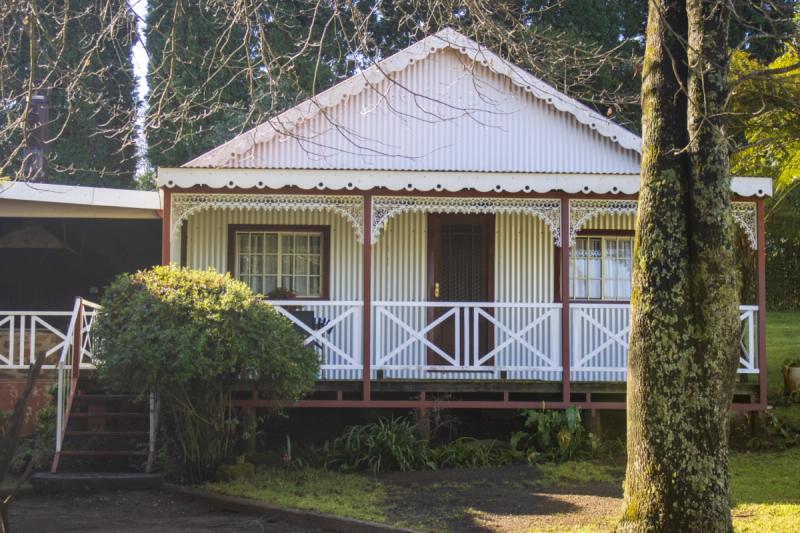
The area became largely abandoned and forgotten but in recent years, was rediscovered as a unique travel destination thanks to the feral horses that call the valley home. The horses are believed to be descendants of the horses the British troops had stationed in the area during the Second Boer War in the late 1800s.
Today, the horses roam the valley and occasionally make their way through the village.
